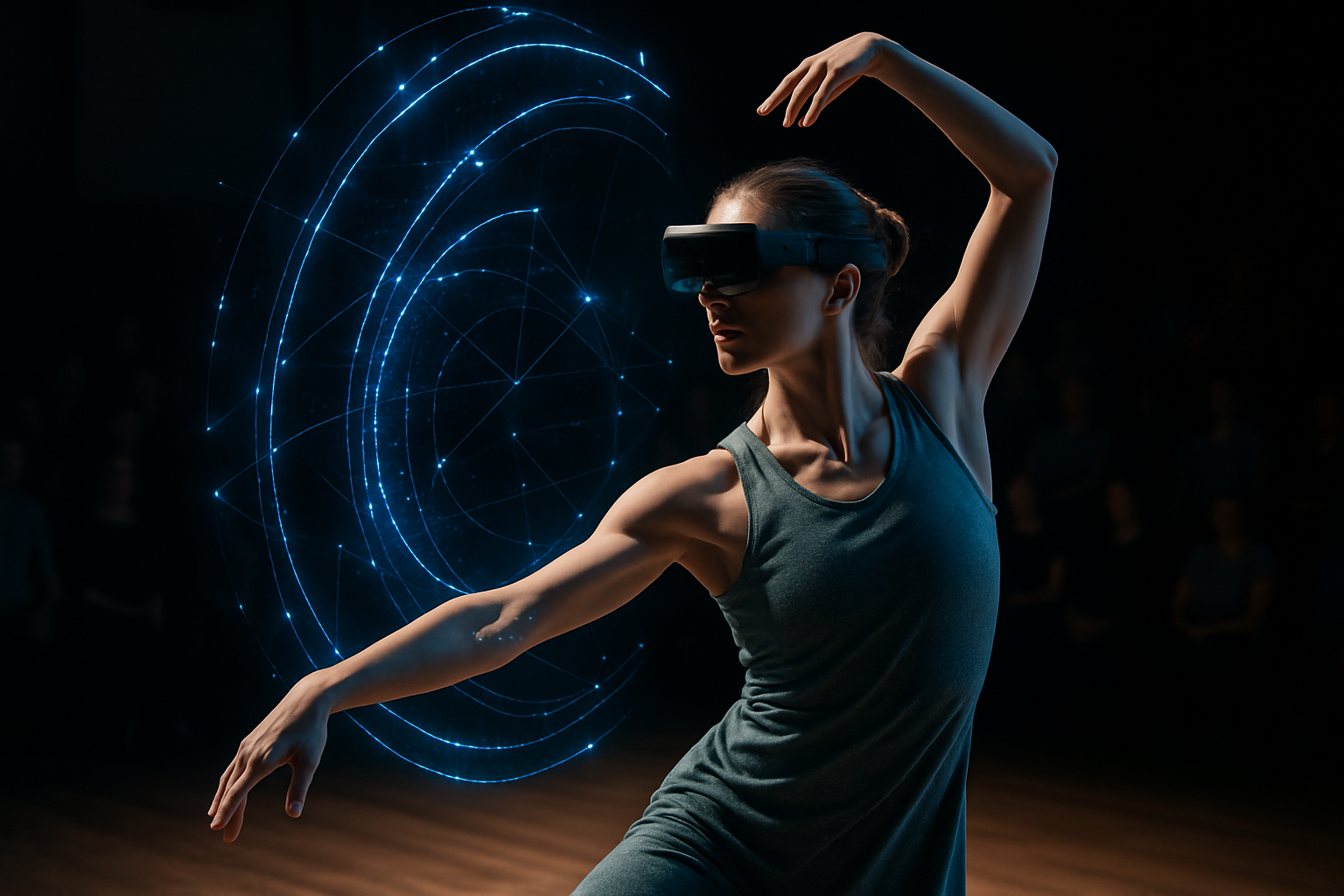Holographic Projectors: The Next Frontier in Home Entertainment
In a world where screens dominate our daily lives, a new technology is poised to break free from the confines of flat displays. Holographic projectors, once relegated to the realm of science fiction, are now on the cusp of revolutionizing home entertainment. This cutting-edge technology promises to transform our living rooms into immersive 3D environments, blurring the lines between reality and digital content.

How Holographic Projectors Work
At the heart of holographic projection lies a complex interplay of lasers, spatial light modulators, and advanced algorithms. These systems typically use a combination of red, green, and blue lasers to create a full-color image. The light is then manipulated by a spatial light modulator, which acts like a dynamic diffraction grating, shaping the wavefront of the light to create the desired 3D image.
One of the key challenges in holographic projection has been achieving sufficient resolution and brightness for practical use in home environments. However, recent advancements in laser technology and computational power have made it possible to generate high-quality, room-sized holograms that are visible even in well-lit spaces.
The Current State of the Technology
While full-room holographic systems are still in the experimental stage, smaller-scale holographic displays are already making their way into the market. Companies like Looking Glass Factory and Holoxica have introduced desktop holographic displays that can create 3D images viewable from multiple angles without the need for special eyewear.
These early systems are primarily targeting professional applications such as medical imaging, architectural visualization, and product design. However, they represent an important step towards more advanced consumer-grade holographic projectors.
Potential Applications in Home Entertainment
The possibilities for holographic projectors in home entertainment are vast and exciting. Imagine watching a football game where the players appear to run across your living room floor, or playing a video game where virtual characters interact with your physical environment. Holographic technology could also revolutionize video calls, allowing for life-sized, 3D representations of distant friends and family members to appear in your home.
Beyond entertainment, holographic projectors could find applications in education, allowing students to interact with 3D models of complex systems or historical artifacts. In the realm of home decor, they could be used to create dynamic, changeable art installations or to visualize furniture and design changes before making physical alterations to a space.
Challenges and Future Developments
Despite the promising advancements, several challenges remain before holographic projectors can become a mainstream household technology. One of the primary hurdles is the cost. Current holographic display systems can range from several thousand to hundreds of thousands of dollars, putting them out of reach for most consumers.
Another significant challenge is content creation. Producing high-quality holographic content requires specialized equipment and expertise, which means there’s currently a limited library of material available for these systems. As the technology matures, we can expect to see new tools and platforms emerge to facilitate holographic content creation.
The Road Ahead
While full-room holographic projection systems for home use may still be a few years away, the rapid pace of technological advancement in this field is promising. Industry analysts predict that the global holographic display market could reach $11.65 billion by 2028, driven by increasing demand for immersive entertainment experiences and advancements in relevant technologies.
As costs decrease and content ecosystems develop, we may soon find ourselves at the threshold of a new era in home entertainment. Holographic projectors have the potential to transform our living spaces into dynamic, interactive environments, offering experiences that go far beyond what’s possible with traditional screens.
The journey from science fiction to reality is well underway for holographic projection technology. As researchers and companies continue to push the boundaries of what’s possible, we can look forward to a future where the line between the digital and physical worlds becomes increasingly blurred, ushering in new forms of entertainment, communication, and creativity in our homes.





